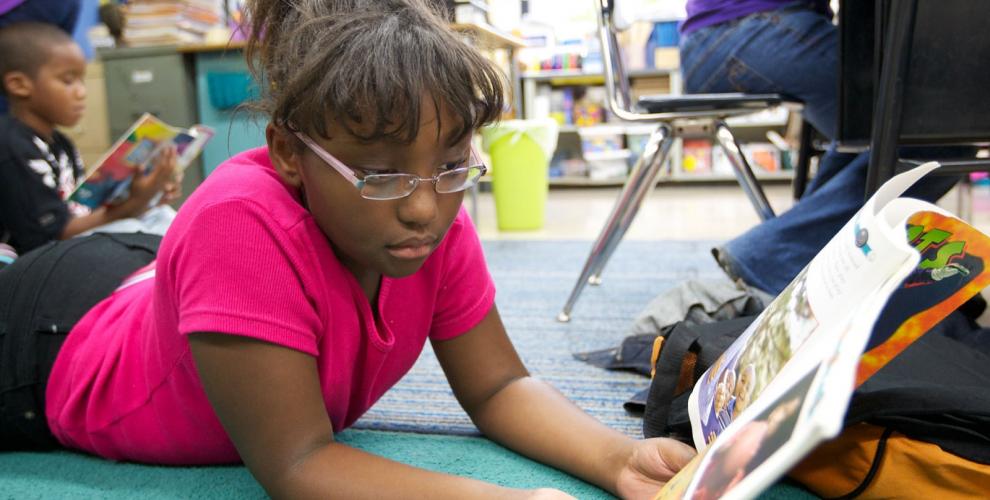2.6
OVERALL RATING
THINGS TO IMPROVE
- Quality of K-12 public education
- Total amount of funding provided for public education
- Level of pay for teachers in local public schools
ALSO HEARD
- Students need stronger bridges between early learning, K-12 and higher education.
- The community wants more information about K-12 providers’ performance and success.
- Public funding for education needs to be more equitable.
THE ISSUE
Declining enrollment, a shrinking tax base and inadequate state funding make it hard for K–12 providers in Flint to prepare students to succeed. The number of students who attend Flint Community Schools has been declining since 1965 and is now at an all-time low of roughly 4,300 students. Less than a third of school-age children who live in Flint attend a school that’s part of the public district. While there are new early childhood schools in the city and the YouthQuest afterschool program in all Flint Community Schools, there’s more demand for both than providers can meet.
THE RESPONSE
Launch Michigan is calling for new approaches to school funding that could help all children in Michigan receive a quality K–12 education. Efforts to strengthen education in Flint — from cradle to college and career — include the opening of Educare Flint and Cummings Great Expectations, which together serve nearly 400 children from birth to age 5. The Flint Community Education Initiative brings health services, afterschool programs, sports and more to every school in the public district. Mott Middle College and Genesee Early College provide alternative pathways for young people to complete high school, pursue higher education and enter the job market. The Flint Promise enables qualifying students to attend Mott Community College, University of Michigan–Flint or Kettering University at little or no cost. Recent and planned investments in facilities and programs at MCC, UM-Flint and Kettering total over $100 million.
Facts & Figures




DID YOU KNOW?
As part of the city’s master planning process in 2013, residents said they wanted community education to return to Flint — with a modern approach. Today, the Crim Fitness Foundation leads a Mott-funded community education initiative in all Flint Community Schools and the International Academy of Flint. The schools serve as hubs for their neighborhoods, offering students, their families and all Flint residents a wide range of classes, activities, services and resources. Community school directors are ready to help you succeed!
CONTACT: Crim Fitness Foundation, 810-235-3396

